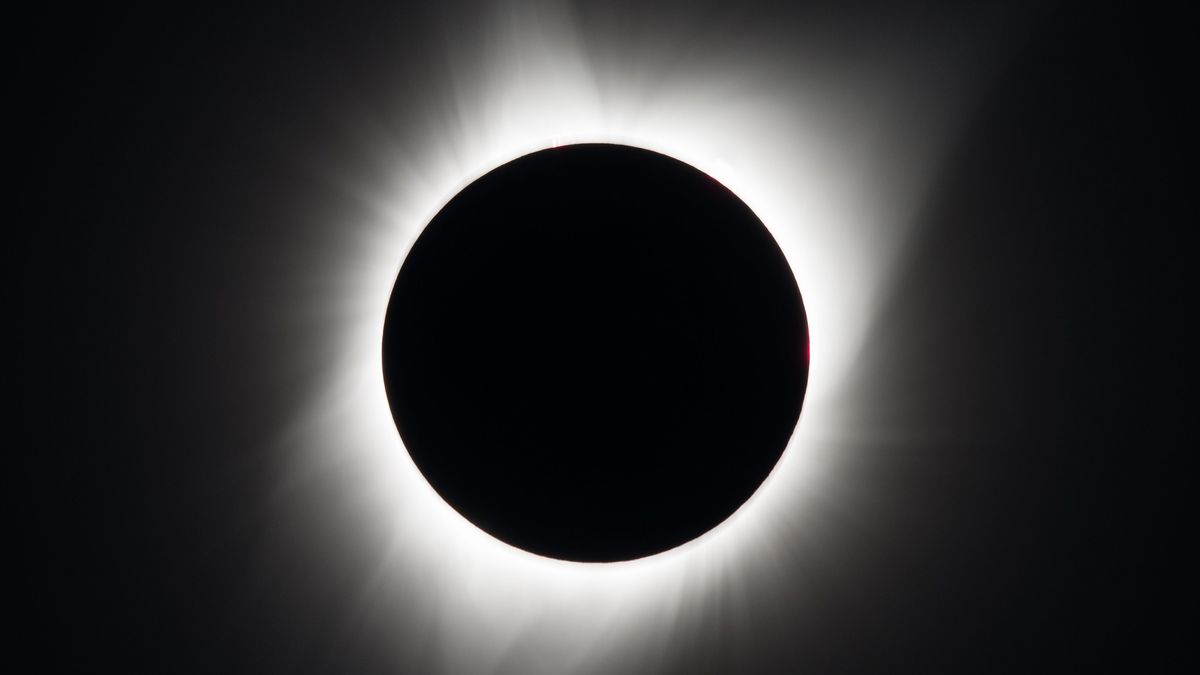The Science Behind the April 8 Total Solar Eclipse
The upcoming total solar eclipse on April 8 is an eagerly anticipated astronomical event that will offer viewers in a select area a stunning display of nature’s celestial ballet. As the moon aligns perfectly with the sun, the sky will darken over a specified band of the United States, Mexico, and Canada along a 115-mile-wide and 10,000-mile-long path known as the path of totality. This rare occurrence provides a unique opportunity for enthusiasts and researchers to witness and study the intricate dance of these celestial bodies.
Frequency of Solar Eclipses: A Detailed Study
In a recent study conducted by Time and Date, researchers delved into an extensive dataset spanning 15,000 years of eclipse data to shed light on the frequency and distribution of solar eclipses across different locations on Earth. The team’s meticulous analysis aimed to refine existing estimates and provide a more accurate picture of eclipse occurrences, building upon the work of renowned astronomer Jean Meeus from 1982.
The results of the study revealed intriguing insights into eclipse patterns, indicating that the average city on Earth experiences a total solar eclipse approximately once every 374 years, an annular eclipse every 226 years, and a partial solar eclipse every 2.6 years. These findings contribute to a deeper understanding of the variance in eclipse frequencies and highlight the dynamic nature of celestial phenomena.
Latitude and Eclipse Occurrence: Unraveling the Mystery
One of the key revelations from the study was the existence of a “latitude effect” in eclipse occurrences, with high latitude regions near the Arctic and Antarctic circles experiencing solar eclipses more frequently than locations near the equator. This phenomenon can be attributed to the prolonged presence of the sun above the horizon in these regions, creating optimal conditions for eclipses to occur.
Moreover, the study indicated that cities in the Northern Hemisphere are more likely to witness total solar eclipses compared to those in the Southern Hemisphere. This disparity is linked to the orbital dynamics of Earth, with the positioning of the planet during its summer months favoring complete coverage of the sun by the moon in the Northern Hemisphere.
Safely Observing the Eclipse: A Priority for Skywatchers
As the April 8 total solar eclipse approaches, it is crucial for observers to prioritize their safety while viewing this spectacular event. The damaging effects of direct sunlight on the eyes necessitate the use of specialized eclipse glasses or filters to protect against harmful radiation. Sunglasses, no matter how dark, do not provide sufficient protection, underscoring the importance of proper eye protection during solar viewing.
Whether you reside in a region prone to frequent eclipses or are preparing to witness this rare event firsthand, exercising caution and adhering to safety guidelines is paramount. The Time and Date team’s ongoing efforts to document and disseminate their findings through a comprehensive research paper demonstrate their commitment to advancing our knowledge of solar eclipses and promoting responsible observation practices.
Image/Photo credit: source url





